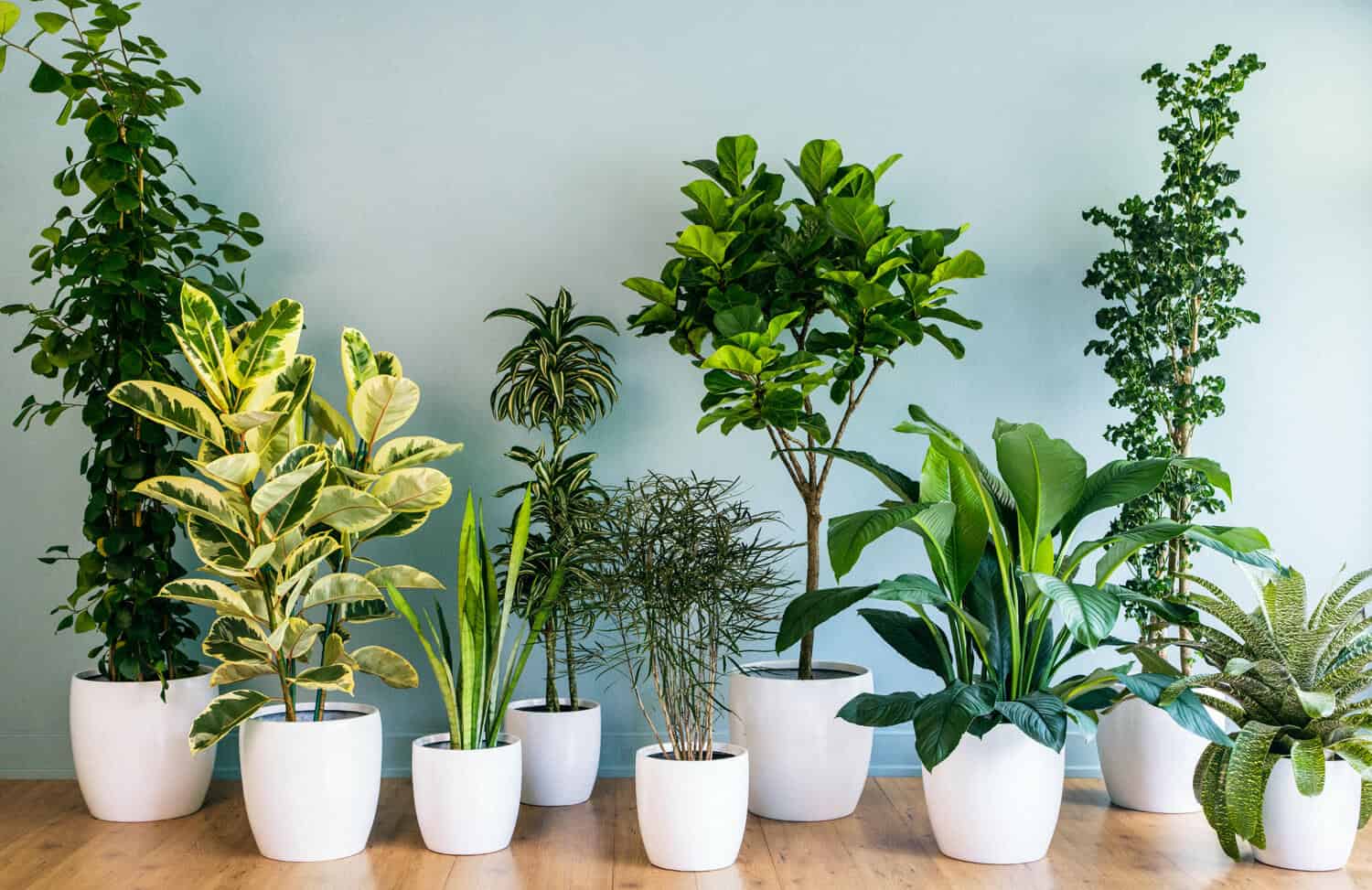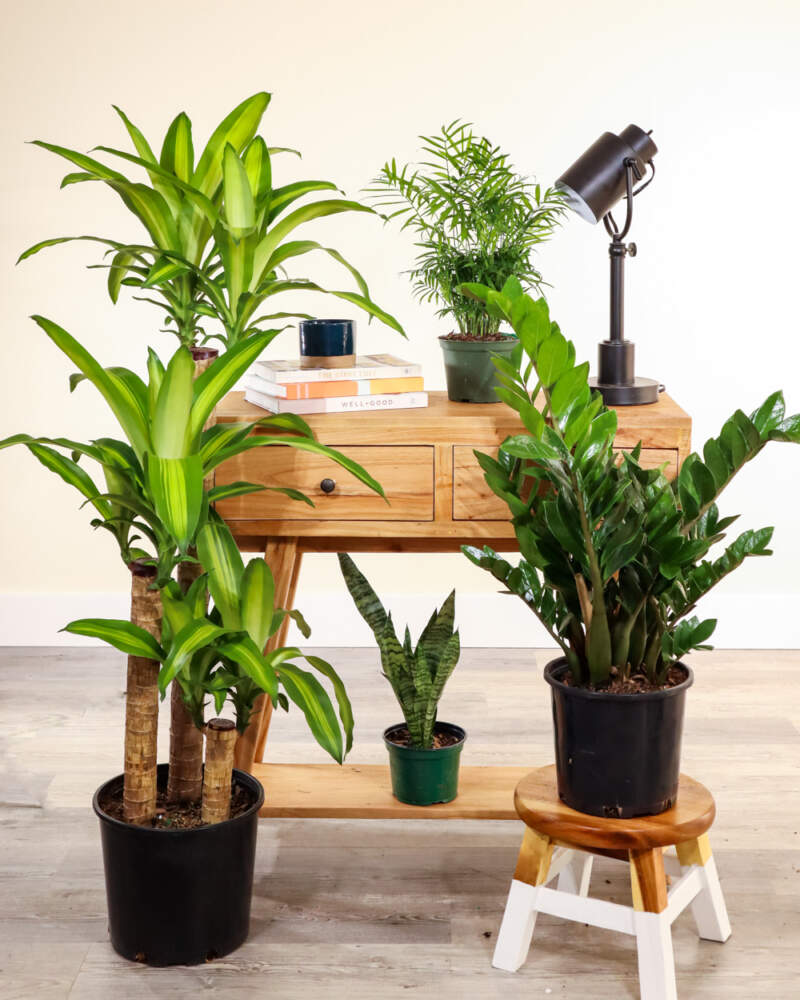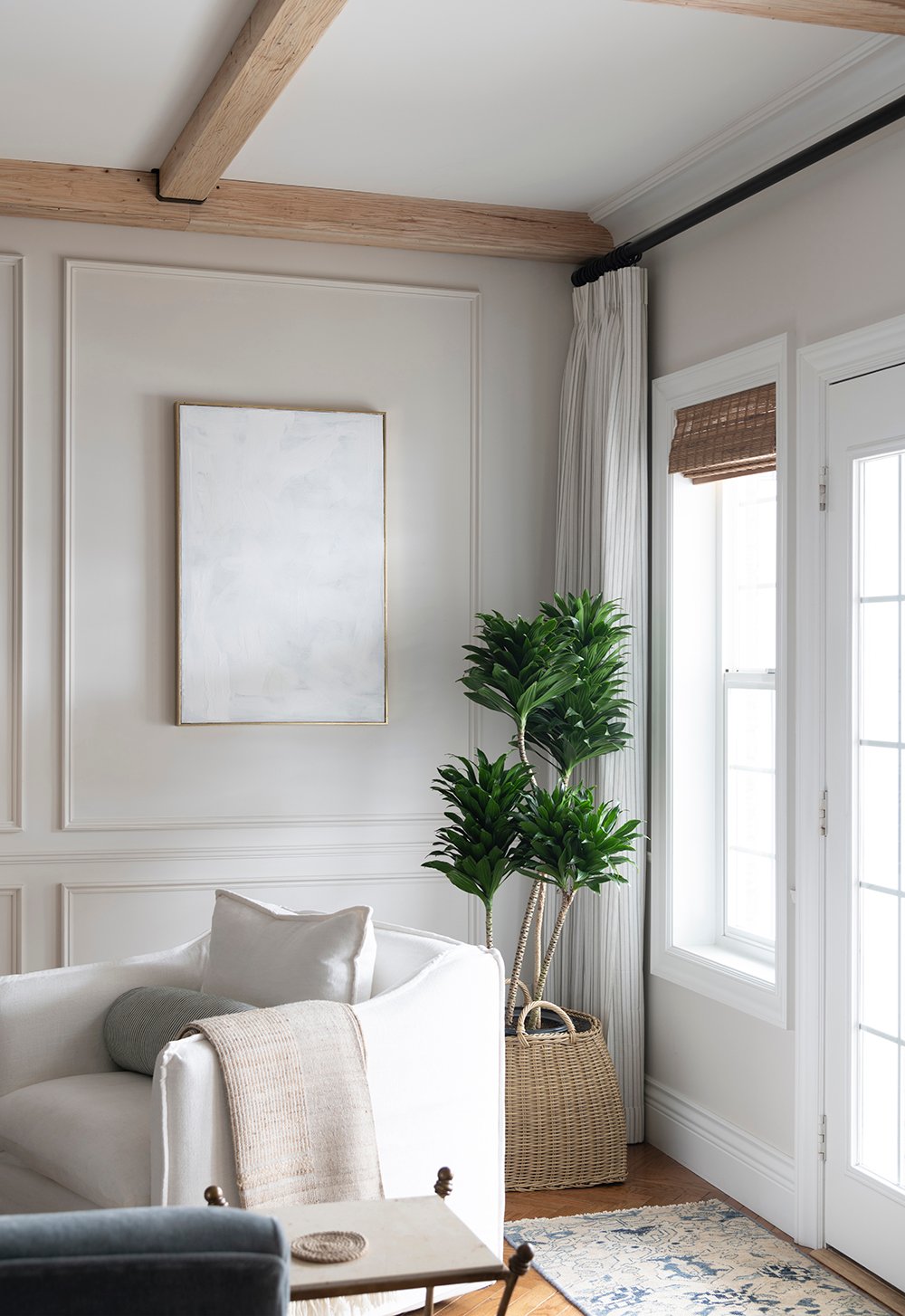Discover the Secrets of Low-Light Indoor Plants and How They Boost Your Setting
Low-light interior plants have actually gathered enhancing focus for their unique capability to improve both visual allure and ecological top quality within homes and offices. These durable varieties, including the Snake Plant and Tranquility Lily, not only grow in challenging lights problems yet also play a critical function in air filtration and psychological wellness.
Advantages of Low-Light Indoor Plants
Although lots of people assume that indoor plants require bountiful sunlight to grow, low-light interior plants offer a wide variety of advantages that make them optimal for different settings. Among the primary advantages is their flexibility; they can flourish precede with minimal natural light, such as workplaces, cellars, or rooms with tiny home windows. This function permits people to improve their environments with greenery, adding to improved appearances without the requirement for considerable lighting alterations.
Furthermore, low-light interior plants can dramatically improve indoor air quality by filtering system hazardous contaminants and launching oxygen, making living spaces healthier. The visibility of plants has actually been linked to better feelings of serenity and emphasis.
Moreover, low-light plants usually call for less maintenance than their sun-loving equivalents, making them excellent for active people or those new to horticulture. Their strength allows them to flourish with minimal treatment, thus offering a rewarding experience for plant fanatics and novices alike. In summary, low-light interior plants serve both aesthetic and useful functions, making them important enhancements to any room.
Top Low-Light Plant Varieties
Low-light indoor plants been available in a range of types, each offering unique qualities and advantages fit for dim settings. Amongst the most prominent ranges is the Serpent Plant (Sansevieria), understood for its air-purifying abilities and building leaves. This durable plant flourishes on forget and can endure a large range of light conditions.
Another outstanding option is the ZZ Plant (Zamioculcas zamiifolia), which includes shiny, dark green fallen leaves and is very drought-tolerant. Its flexibility makes it a favored for offices and homes with minimal sunlight.
The Pothos (Epipremnum aureum) is additionally a leading competitor, with its trailing creeping plants and heart-shaped leaves - Best low-light indoor plants. This flexible plant can be trained to climb up or cascade, including aesthetic rate of interest to any area

Treatment Tips for Low-Light Plants
Looking after low-light indoor plants calls for a nuanced understanding of their particular demands to make sure optimum growth and vitality. It is vital to pick the appropriate potting mix, as a well-draining soil is crucial to avoid root rot. A mix made for houseplants, usually having peat moss and perlite, functions well for many low-light selections.
Watering is another key facet of treatment. Low-light plants generally need much less frequent watering compared to their sun-loving equivalents. It is advisable to inspect the top inch of soil; if it feels dry, it's time to water. Overwatering can bring about issues such as mold and mildew and root decay.
Fertilization ought to be come close to with care. Throughout the growing period, a watered down liquid plant food can be applied monthly, however in cold weather, several low-light plants go into inactivity and call for little to no fertilization.
Last but not least, it is very important to occasionally cleanse the fallen leaves to remove dust, permitting for far better light absorption. By adhering to these care tips, you can grow a thriving atmosphere for your low-light interior plants, boosting both their look and durability.
Enhancing Air Top Quality With Plants
Indoor plants play a considerable function in enhancing air high quality within homes and office. With the procedure of photosynthesis, these plants soak up carbon dioxide and release oxygen, contributing to a much healthier ambience. Additionally, certain low-light indoor plants you can check here possess the capacity to filter dangerous contaminants, such as formaldehyde, trichloroethylene, and benzene, which are commonly discovered in interior environments.

Moreover, the presence of indoor plants can enhance humidity degrees, which aids minimize completely dry skin and respiratory problems, further boosting total health. This ability to improve air quality not just advertises physical wellness yet additionally supports psychological wellness.
Integrating low-light interior plants into your living and working areas can lead to a more invigorating and dynamic setting (Best low-light indoor plants). Purchasing these all-natural air cleansers is a straightforward useful reference yet efficient technique for improving indoor air top quality and cultivating a much healthier way of life
Producing a Tranquil Indoor Area
The assimilation of plants right into living spaces not just improves air high quality but also adds to a tranquil environment. Low-light indoor plants, such as serpent plants and pothos, are particularly efficient in creating a serene atmosphere, as they flourish in problems that might or else be unwelcoming for other plant. Their rich foliage supplies a relaxing visual, reducing tension and promoting leisure.
Incorporating these plants into your home or workplace can evoke a feeling of peace and well-being. Tactically positioning them in locations where you spend substantial time, such as living spaces or offices, allows for an immersive experience with nature, which has actually been shown to improve mood and cognitive function.
Moreover, the gentle activity of leaves in reaction to airflow can produce a vibrant visual aspect that boosts the general ambiance. Take into consideration using a variety of plant elevations and textures to include depth and rate of interest check this to your space. With thoughtful placement and treatment, low-light indoor plants can change any type of area right into a serene refuge, cultivating not just aesthetic fulfillment but also psychological and mental health.

Verdict
Including low-light interior plants right into numerous atmospheres returns significant advantages, including enhanced air high quality and improved visual charm. The transformative power of low-light plants underscores their worth in improving both occupational and household settings.
Although several people assume that indoor plants need bountiful sunlight to prosper, low-light indoor plants provide a plethora of benefits that make them perfect for numerous environments.Moreover, low-light interior plants can significantly improve interior air top quality by filtering damaging toxins and launching oxygen, making living spaces healthier. In addition, specific low-light interior plants possess the ability to filter harmful contaminants, such as benzene, trichloroethylene, and formaldehyde, which are commonly found in interior environments.
Low-light interior plants, such as serpent plants and pothos, are particularly reliable in developing a calm atmosphere, as they grow in problems that might or else be unwelcoming for various other greenery.Integrating low-light indoor plants right into numerous atmospheres yields considerable advantages, consisting of improved air high quality and improved visual appeal.